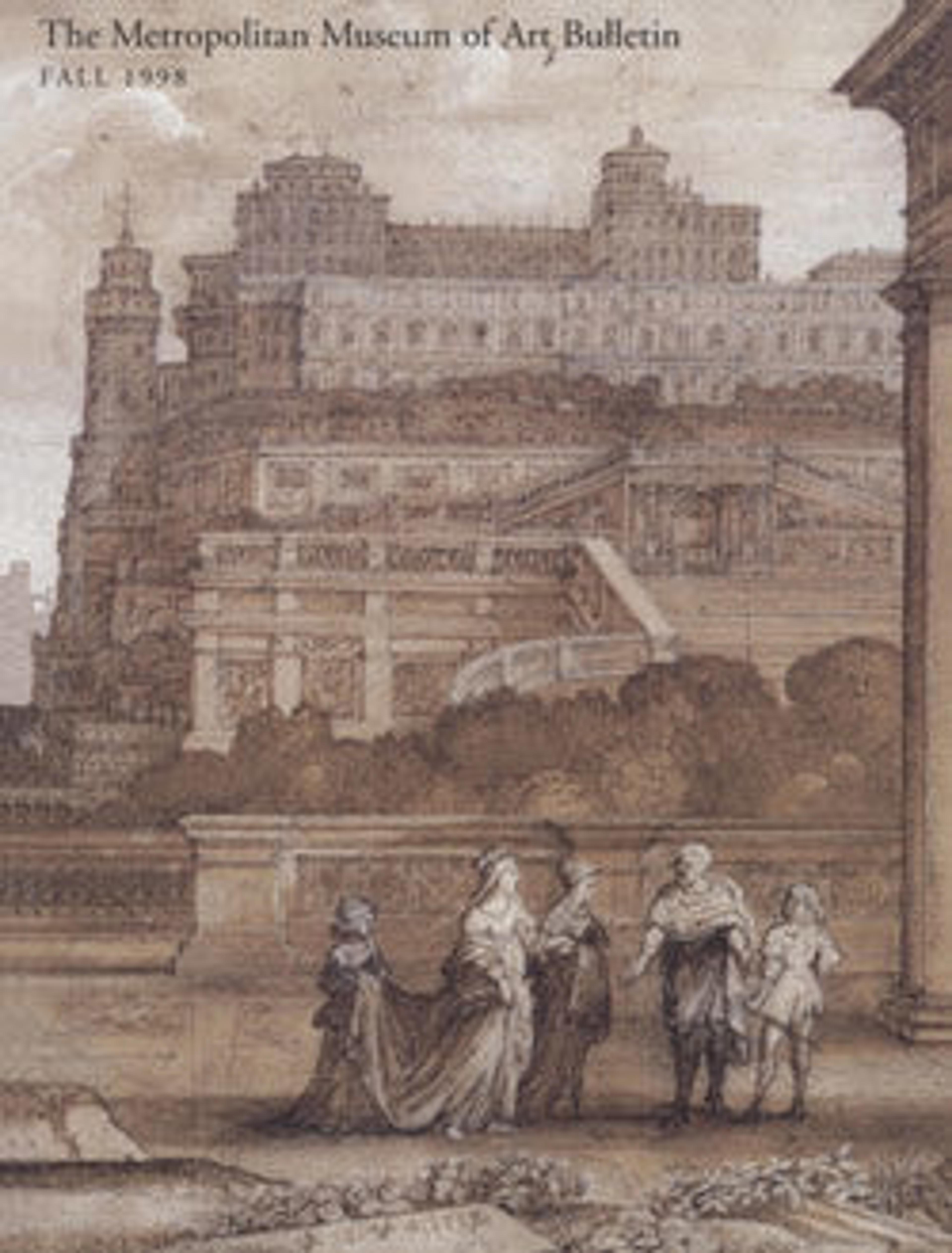Writing box
During the seventeenth and eighteenth centuries luxurious boxes, similar to this one, that held writing and sealing implements had an obligatory place in the ceremonial setting of every Central European court. The elaborate decoration and preciousness of the materials reflected the owner's aristocratic status. Although frequently mentioned in contemporary inventories, such stately boxes have rarely survived the changing writing habits of later generations. This refined box shows a hitherto-unidentified monogram, incorporating the letters LG beneath a count's coronet; it is the only box of this type currently known of German origin. Plitzner was the most important German cabinetmaker of the early eighteenth century. His works reveal perfect mastery of contemporary French design and cabinetmaking especially evident in the box's complicated marquetry, which is influencedb y Louis XIV's great furniture designer, Andre-Charles Boulle (1642–1732). Among Plitzner's main noble patrons were several members of the Schonborn dynasty, for whom he created ceremonial furniture and one of the most important monuments of the late Baroque period in Germany: the intarsia panels for the mirrored room at Pommersfelden Castle in Franconia.
Artwork Details
- Title: Writing box
- Maker: Ferdinand Plitzner (German, 1678–1724)
- Date: ca. 1715–20
- Culture: German, Eyrichshof (Franconia)
- Medium: Oak, cedar, exotic hardwood, and ebonized fruitwood; marquetry in pewter, brass, and tortoiseshell; silver
- Dimensions: Overall: 2 5/8 × 11 3/8 × 11 11/16 in. (6.7 × 28.9 × 29.7 cm)
- Classification: Woodwork-Furniture
- Credit Line: Anonymous Gift, in memory of Walter E. Stait, 1997
- Object Number: 1997.411
- Curatorial Department: European Sculpture and Decorative Arts
More Artwork
Research Resources
The Met provides unparalleled resources for research and welcomes an international community of students and scholars. The Met's Open Access API is where creators and researchers can connect to the The Met collection. Open Access data and public domain images are available for unrestricted commercial and noncommercial use without permission or fee.
To request images under copyright and other restrictions, please use this Image Request form.
Feedback
We continue to research and examine historical and cultural context for objects in The Met collection. If you have comments or questions about this object record, please contact us using the form below. The Museum looks forward to receiving your comments.
